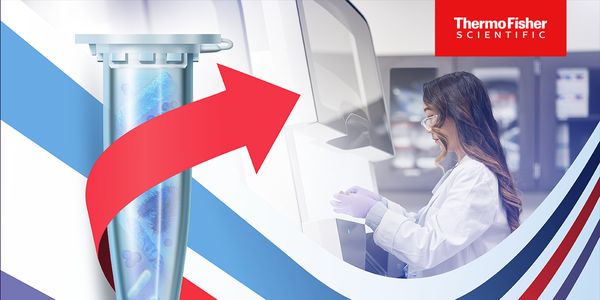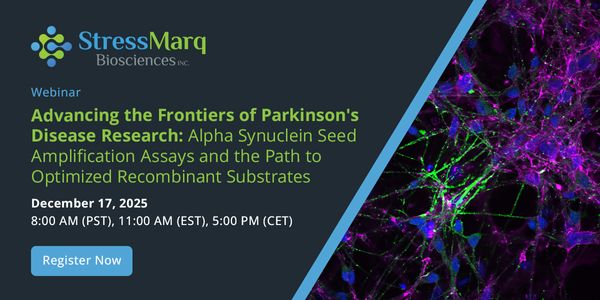Sensing Biomaterials Topographies Through Mechanotransduction in Engineered Cell Niche
Stem cells respond to both physical and biochemical changes in their stem cell niche. An ideal scaffold for tissue engineering application should mimic the microenvironment for natural tissue development and present the appropriate biochemical and topographical cues in a spatially controlled manner. Studies have shown that physical forces from the substrate topography play a role in stem cell proliferation, migration and cell fate determination. Our research group is interested in studying the interactions of adult and pluripotent stem cells with nanotopography, the mechanism of the topography-induced cell behavior and how to apply this knowledge to direct stem cell differentiation for tissue engineering applications. In this presentation, nanotopography-regulation on adult stem cells and pluripotent stem cells (PSCs) will be presented as examples of applying nanotopography in stem cell regulation.
In attempt to understand the sensing mechanisms for nanotopography, we investigated the roles of focal adhesion signaling and cytoskeletal contractility in topography-induced differentiation. We showed that the nanotopography-induced differentiation mesenchymal stem cells (hMSCs) is modulated through cell mechanotransduction by the integrin-activated focal adhesion kinase (FAK). In addition, our mechanistic study in hMSCs and hPSCs confirmed that the regulation was dependent upon actomyosin contractility, suggesting a direct force-dependent mechanism. Using a 3D traction force system to study the cell contractility on anisotropic grating topography, focal adhesions were found to be aligned parallel to the grating direction as compared to cells on flat substrates. The 3D traction stress measurements revealed that elongated cells on grating substrates exert anisotropic traction stresses, in the direction parallel to the grating direction. Focal adhesion alignment along the grating direction may result in increased actin stress fiber formation in the direction parallel to the grating, leading to polarized traction stresses which drive cell elongation. The temporal presentation of topography also plays a significant role in the differentiation.
Learning Objectives:
1. Recognize how micro- and nanostructures in the cell microenvironment can affect cell responses.
2. Explain the potential mechanism of how cells sense these structures.






